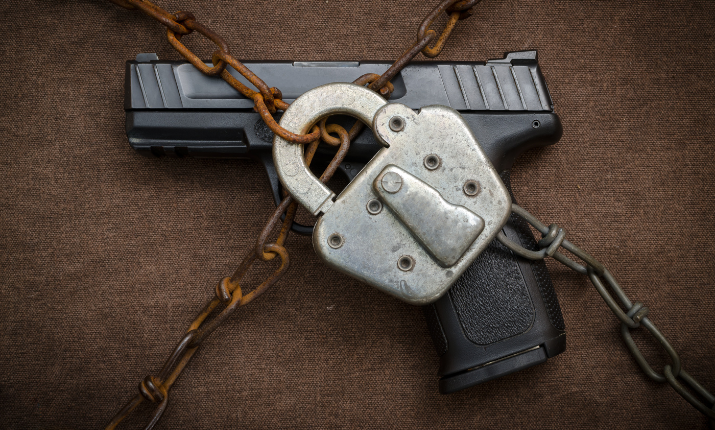Firearms on set: you must use a recognised armourer

One of the highest risk areas of any production is when firearms are used.
We know from bitter experience that when procedures are ignored or not followed to the letter, production personnel can be killed.
It is a producer’s responsibility to eliminate, reduce and control risk on set.
When it comes to firearms use, the foremost safety control is engaging a qualified and experienced Theatrical Armourer.
Unfortunately, it is not hard to be recognised as Theatrical Armourer (or equivalent) in Australia. Some States require no more than a few hours of firearms training before they issue a licence. Some armourers may not be licensed at all. That is not good enough when it comes to ensuring that everyone is safe on set.
That is why the Safety Guidelines say:
A production must in any instance satisfy itself that the Armourer it engages is competent to do the work required and has a history of successfully working in the screen industry.
All productions are urged to check the credentials of the Theatrical Armourers they use. Only those with a history of professional involvement in the industry should be engaged.
Theatrical Armourers need to be engaged from script development to the end of filming. It’s not a job you can call someone to do for a few hours and think it will be done right.
The industry has agreed on Golden Rules when it comes to guns on set. Please take note of them.
GOLDEN RULES – Firearms / Armourer:
• LIVE AMMUNITION SHOULD NEVER BE ON A FILM SET.
• All DUMMY ammunition needs to be distinguishable from live ammunition and capable of being demonstrated to be so.
• Assume that firearms are always loaded.
• The Armourer is to provide safe, operational firearms and blanks suitable for those firearms and for the action to be performed. Testing and discussion around suitability should be done in pre-production.
• Blanks can kill – they are explosive-type devices. The Armourer is responsible for testing the blanks and knowing the safe working parameters of those blanks.
• Blank ammunition, dummy ammunition and firearms should be stored securely when not under the direct supervision of the armourer.
• Firearms can ONLY be supplied and supervised by a trained, experienced, and licensed Armourer. The Armourer should have only ONE role on set. Their sole duties should involve the control, supervision and management of firearms, ammunition and prohibited weapons.
• Assume all firearms – imitation and real - require appropriate licenses and permits to be used on set. (Assume all other weapon types, including law enforcement equipment, are subject to legislative controls, e.g., handcuffs, batons, crossbows, martial arts props.)
• Performers only handle firearms with the instruction and approval of the licensed Armourer. The Armourer must train and assess the competence of the performer handling the firearm to a level suitable for the action.
• No-one should wave a firearm around or point it at another or at themselves outside of their directed action. Be ‘muzzle’ aware at all times.
• Take all reasonable steps to minimise situations where a firearm is pointed directly at people.
• Firearms capable of emitting any form of projectile or forward blast should not be discharged directly at anyone.
• The Armourer is to prepare a risk assessment and safe working procedure. This documentation ties in with the production’s Risk Management Safety Plan produced by the Safety Supervisor.
• Ensure PPE has been provided for risks such as hearing damage and burns.
• Ensure that police and local residents have been informed if you are planning to use imitation or real firearms.
• A production is to consider alternatives to discharging firearms, including the use of imitation firearms and applying digital effects to firearms deployment in post-production.
You can read the guidelines in full here.